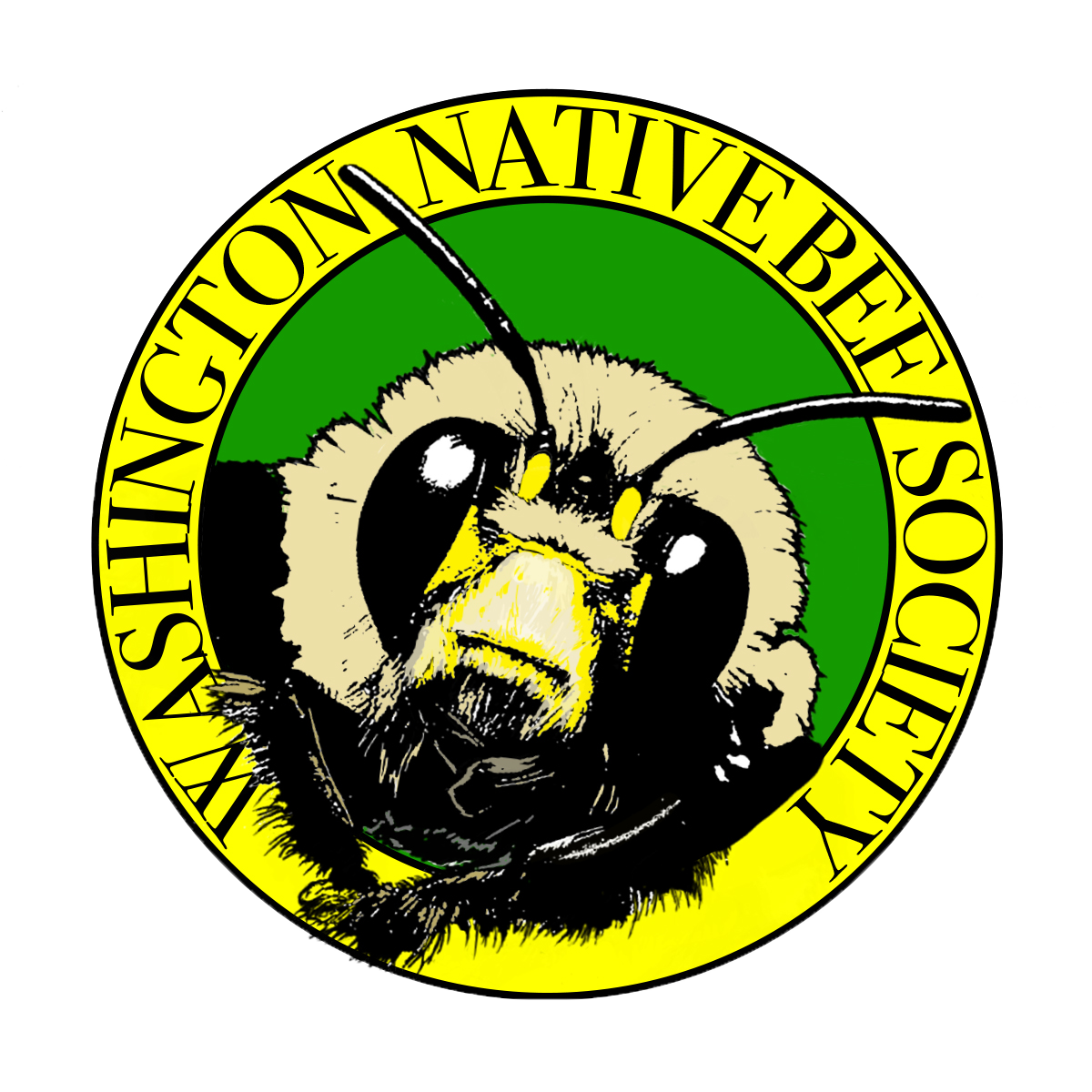The accidental pollinator garden, part 2: plants and (lack of) pesticides
- iNat user eebee
- May 24, 2021
- 3 min read

In my last post, I talked about the ground-nesting bees that moved into the bare, sandy dirt in my yard. Here I’ll cover a few other things about my yard that make it bee-nest-friendly.
Just like my garden’s patches of dirt, its flowers are the ones that happened to be there when I moved in. By a happy coincidence, they seem to provide floral resources at a range of times and appeal to a range of bee species. Our periwinkles came out early, and the Anthophora visited these along with the rhododendrons and heaths in nearby yards. A huge variety of insects visit the shasta daisies, and late in the summer the bees especially rely on the oregano. Megachile angelarum love the broad-leaved sweet pea and Lasioglossum ovaliceps are fond of the lemon balm (see my previous post). Someday I would love to explore using more native plants in the hopes of enticing more specialist native bee species, but my experience so far shows that you can attract quite a variety with some run-of-the-mill garden plants. There are many nice resources out there with advice about which plants to use, including a handouts and a book from the Xerces Society, as well as academic research about which plant species attract native bees.
Garden plants can be homes for some types of bees, as well as providing food for them. This spring I’ve seen tiny Ceratina, the small carpenter bees, entering the cut-off stems of last year’s shasta daisies. I know that keeping flower heads intact through the winter is a good practice for providing food for birds, but in this case there are advantages to having some open stems available as well. The stems need to be at least 6 inches tall, and you need to make sure not to cut them off and discard them in the spring if there are bees living inside. If you don’t want to leave the stems where they are, then you can cut them off and set them in an out of the way area so the bees can emerge later.


One other factor making my yard a bee-nesting magnet is that we don’t use pesticides, herbicides, or fungicides. Even the fungicides matter; as I read in “The Solitary Bees,” some bee species have mutualistic relationships with fungi in their nests and need them in order to thrive! This does mean more manual work for garden upkeep; we have dandelions here and there that need to be pulled, but it’s not overwhelming. If total abstinence from “icides” isn’t an option for you, there are resources about which chemicals are safer for bees, though effects can vary by species and there is not always information available for species other than honey bees. Here’s a helpful pamphlet from the Washington State Noxious Weed Control board and a comprehensive resource from Oregon State University’s Extension Service.
If you’re considering changing your garden to not only feed bees but host their nests, you might worry about whether it’s wise to encourage stinging insects to live in your garden. Each person needs to weigh the risks and benefits for themselves, but I can say that in the dozens of hours I have spent getting my camera close to solitary bees, I have never been stung, and neither have my kids. We try to avoid stepping directly on the nests and we make sure to wear shoes when we’re near the nesting areas, but we haven’t taken any other precautions. Unlike social wasps like yellowjackets, or even honey bees (and the latter only if they feel their hive is threatened), solitary bees are just not inclined to sting. Unless you have an allergy that would make a sting life-threatening, or you live in an area with very different bee species from those I’ve encountered, it’s not likely to be a problem.
I hope I have convinced you that beginning your pollinator-friendly garden doesn’t have to be complicated or difficult. In many ways, once you have some dirt and some flowers, the best thing to do is sit back, let things be, and enjoy the show!
